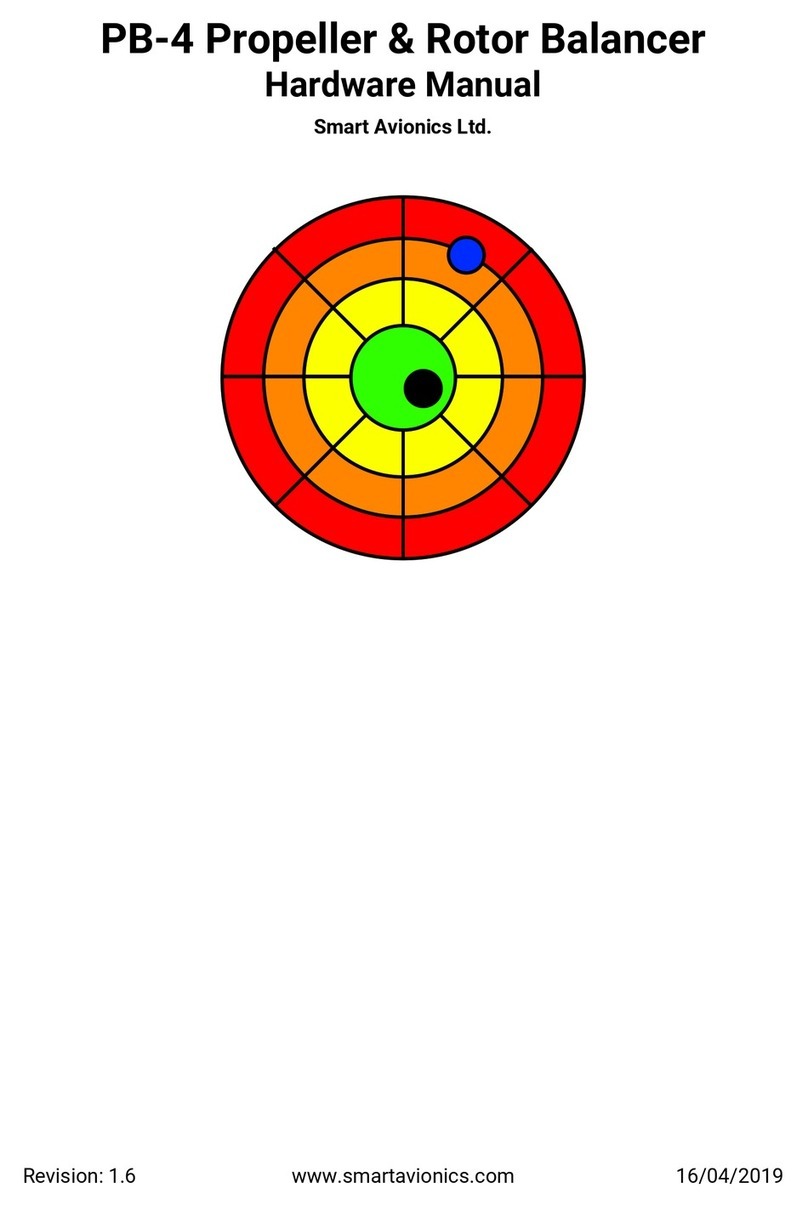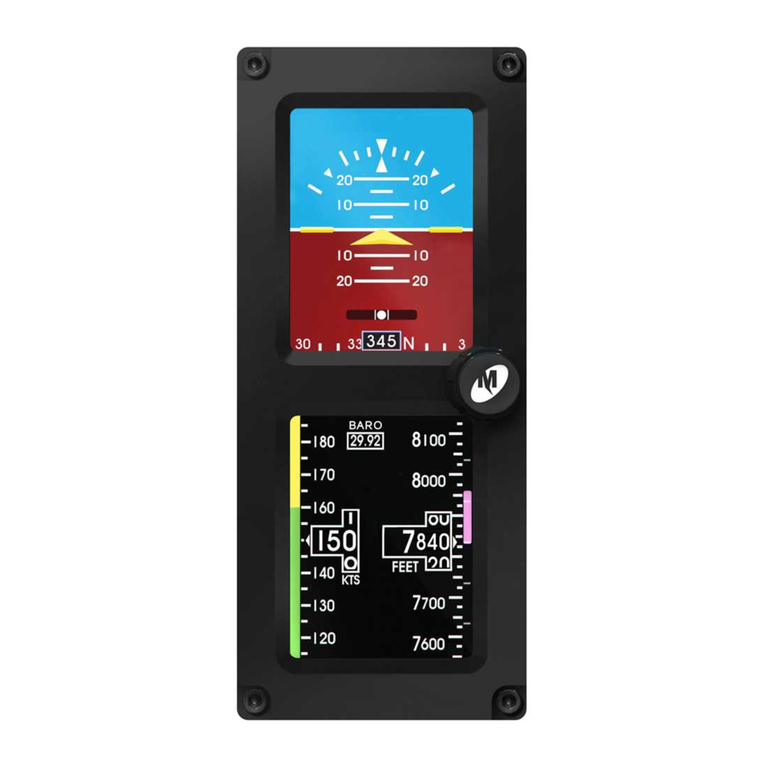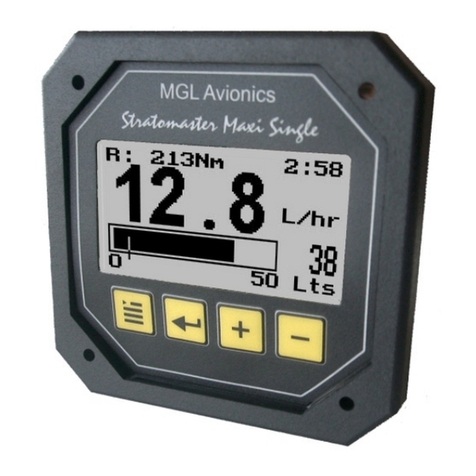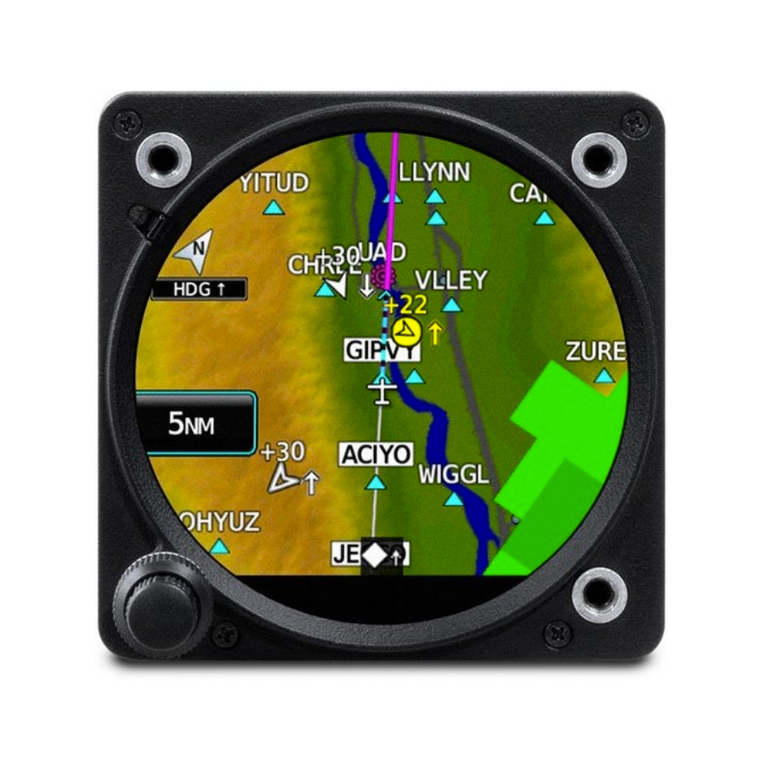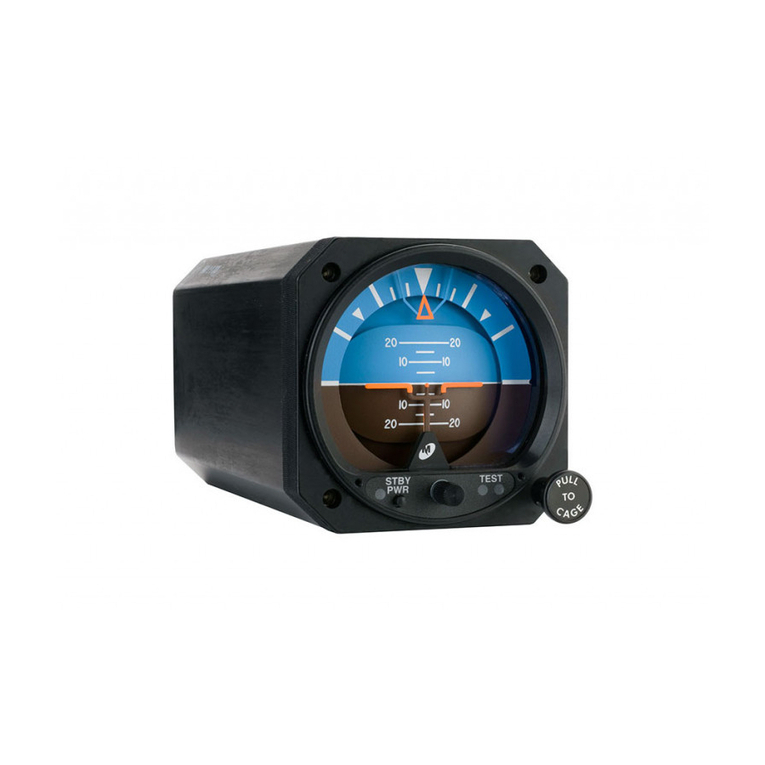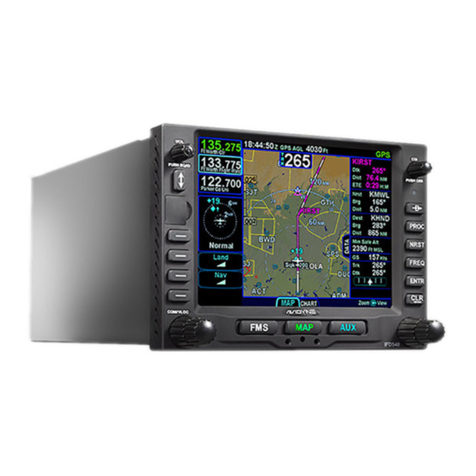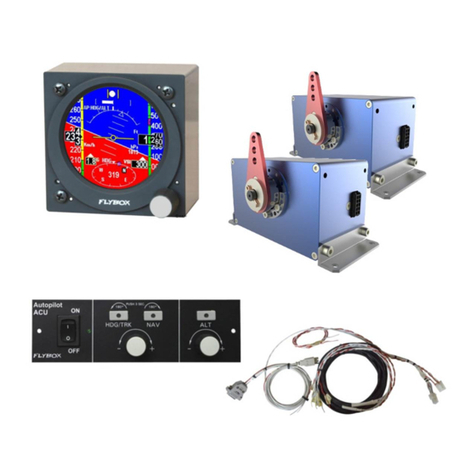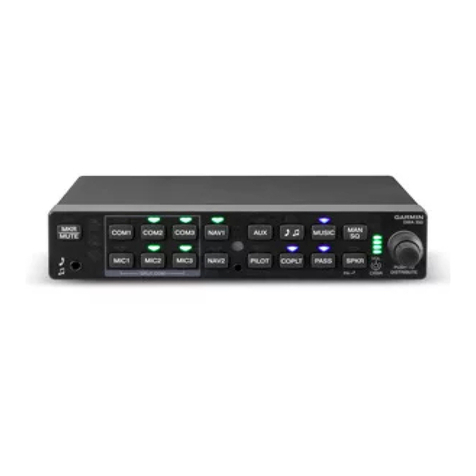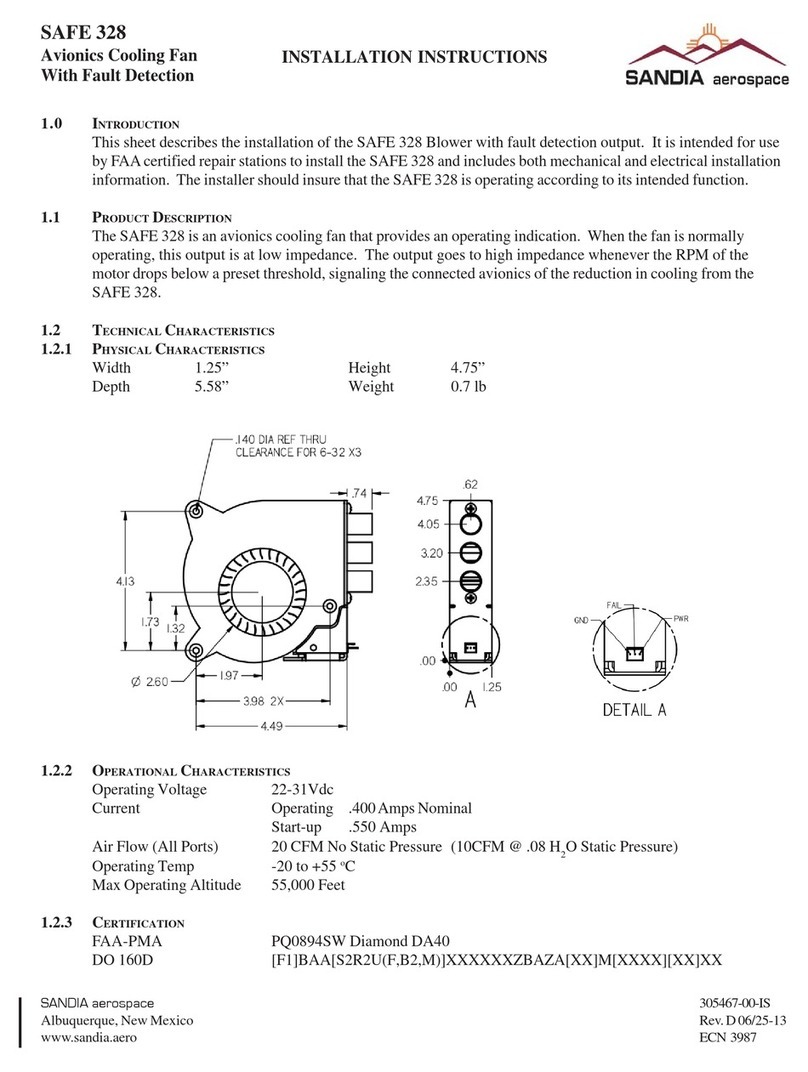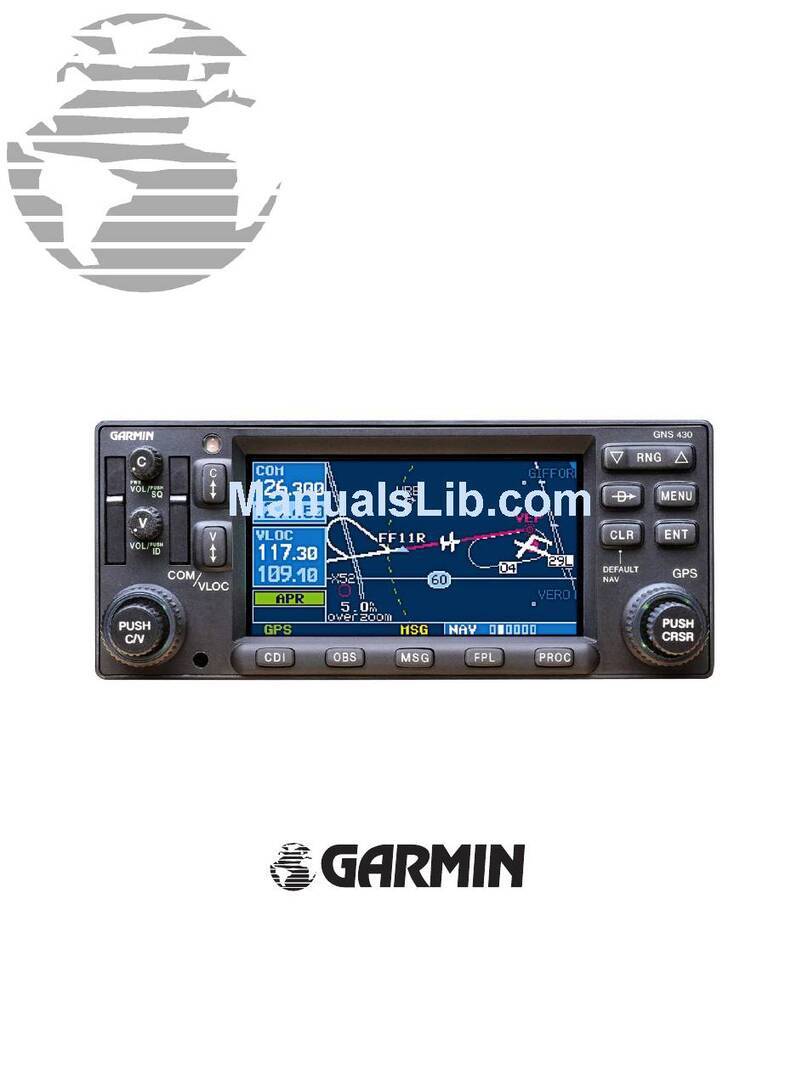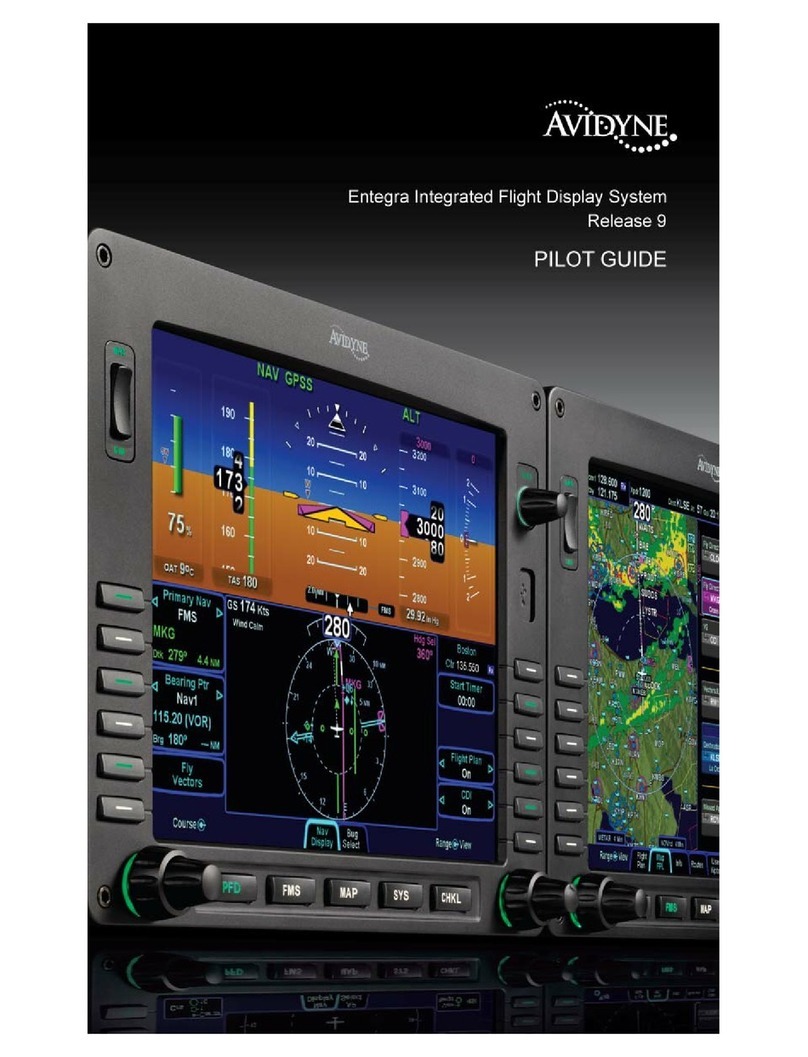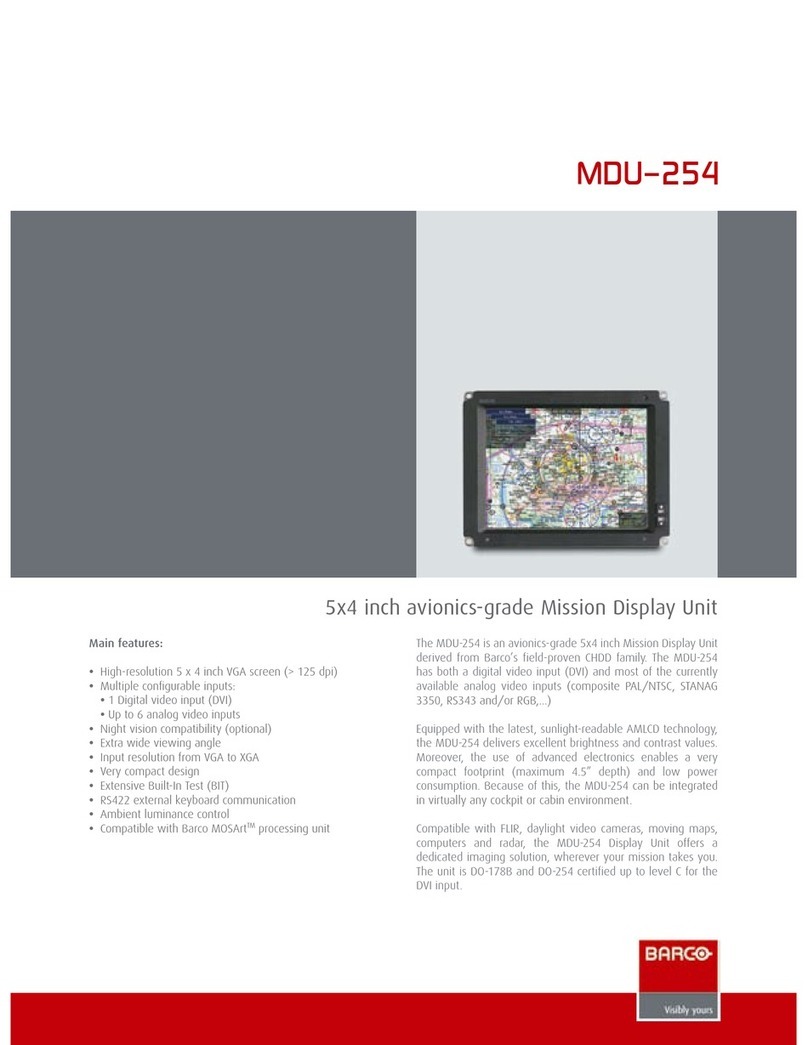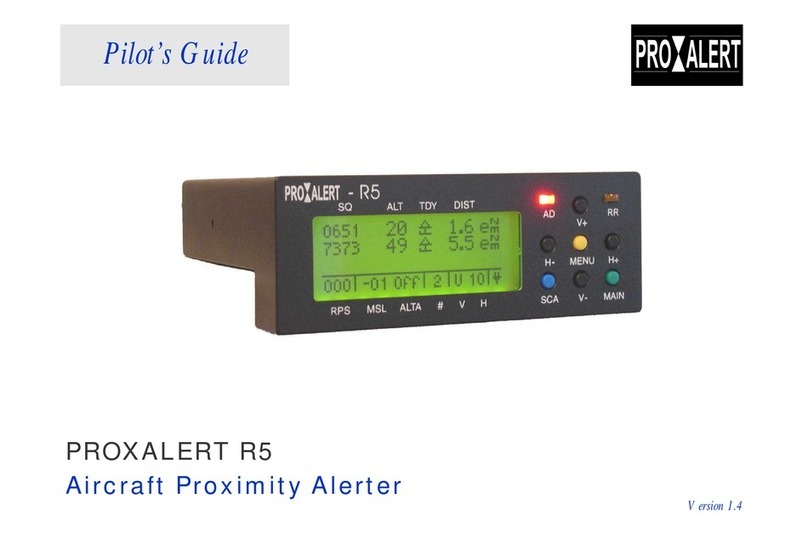
of 12
8
GA-UL260-2B For UL Engines
Inspections
6. Remove Mounting Bolts and dimensionally
check against one another. Any bolts that
exhibit stretching, corrosion or damage such
as cracks or nicks are to be replaced.
7. Remove the Hub Mount Half . Inspect both
hub halves for corrosion.
8. Remove the rear spinner bulkhead and
examine for missing fasteners, damage,
and cracks. If damaged, replace the spinner
bulkhead.
9. REPLACE the special Wedge-lock washers.
10.Reinstall the assembly per the above
installation instructions.
2000-Hour Major Periodic Inspection
Must be accomplished by an A&P or IA.
1. Remove Spinner Dome and examine it for
damage, and cracks. If necessary, replace the
spinner dome.
2. Remove Clamping Bolts and washers and
retire both sets from service.
3. Remove the Hub Clamp Half and set aside.
4. Remove Mounting Bolts and washers and
retire both sets from service.
5. Remove the Hub Mount Half .
6. Remove the rear spinner bulkhead and
examine for missing fasteners, damage,
and cracks. If damaged, replace the spinner
bulkhead.
7. Send both hub half’s and both blades to an
Approved Propeller Repair Center for the
remaining 2000 hour inspection.
NOTE: These blades do not have life
limitation. There is no specied over haul
time. The propeller parts are removed from
service when they can no longer meet the
Continued Airworthiness Requirements
Suspected Impact
Propellers that have been involved in a known or
suspected static or rotating impact with relatively
solid objects (e.g., ground, maintenance stands,
runway lights, birds, etc.) or relatively yielding
objects (e.g., snow banks, puddles of water, heavy
accumulation of slush, etc.) should be inspected for
damage before further ight.
If the inspection reveals one or more of the
following listed indications, the propeller should
be removed and sent to Whirl Wind Propellers for
evaluation.
A blade that tracks out of limits or out of edge
alignment.
Loose blades in the hub.
Any diameter reduction (tip damage).
Visible major damage to the hub that cannot
meet the Minor Hub Repairs criteria.
Visible major damage to a blade that cannot
meet the Minor Blade Repairs criteria.
Operating changes, such as vibration or
abnormal RPM.
IMPORTANT:After any propeller strike the
bolts should be replaced.
Lighting Strike
Any Whirl Wind composite blade suspected of
lightning strike should be inspected and may
require repair or replacement.
Lightning strikes usually enter a composite blade
through the metal erosion shield. If a lightning
strike is present, a darkened area and possible
pitting, usually in the proximity of the tip, will be
noticeable.
If a lightning strike is suspected or detected,
consider the blade unairworthy. Return the blade
to the factory or an approved propeller repair
center for further examination.
